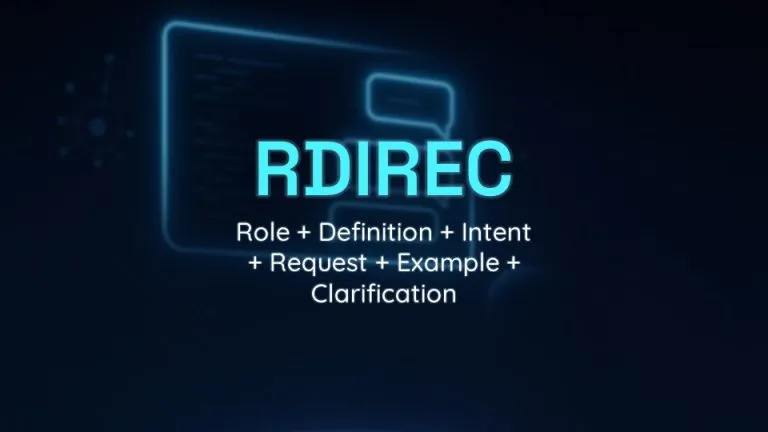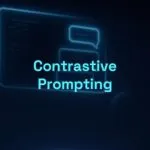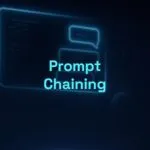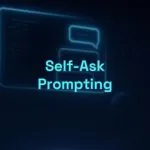RDIREC Framework: Role, Definition, Intent, Request, Example, Clarification

Mastering the art of writing prompts for LLMs goes beyond just asking — it’s about knowing how to ask. The RDIREC framework is one of the most comprehensive and structured for this purpose. Ideal for situations where the goal is to obtain detailed answers, with solid reasoning, context, and clear references, it stands out by offering clarity, depth, and user control.
If you’re looking to extract educational content, technical explanations, in-depth guides, or even make informed decisions with AI support, RDIREC is a powerful framework for it. Keep reading to see how to apply this model with ease.
What Is the RDIREC Framework?
RDIREC is a practical and powerful framework that helps structure prompts with clarity and purpose. Its six components work together to eliminate ambiguity and guide the AI to deliver responses that truly meet your expectations. Let’s explore each of them and understand when this structure shines.
Framework Components
- Role: Defines who the AI should be, like a “financial advisor” or “history teacher.” This adjusts the tone and perspective of the response.
- Definition: Clarifies important terms or concepts, ensuring that both you and the AI are aligned.
- Intent: Explains the “why” behind the request, like “to inform my audience” or “to solve a technical problem.”
- Request: States exactly what you want, like “create a guide” or “analyze data.”
- Example: Provides a model of what you expect, like “include real-life cases” or “as a table of X.”
- Clarification: Adds extra details to avoid misunderstandings, like “use 2025 data” or “focus on beginners.”
These elements combine to create a robust prompt that guides the AI with precision and purpose.
When to Use It?
RDIREC is ideal when you need detailed and well-founded answers. Use it if:
- You want to explain something complex clearly to a specific audience.
- You need an analysis or plan that depends on clear definitions and context.
- You seek personalized results, avoiding generic answers.
For example: “As a [Role], define [Definition] with the intent to [Intent]. Perform [Request], including [Example], and consider [Clarification].”
Practical Examples of RDIREC in Action
To see how RDIREC works in practice, here are three examples that showcase its versatility. Each highlights how the components come together to create effective prompts.
Example 1: Guide on Remote Work Trends
Context: You want content for a corporate blog about the future of work.
As a human resources expert (Role), define 'hybrid remote work' (Definition) with the intent to inform managers about emerging trends (Intent). Create a short guide (Request) including examples of companies that have already adopted this model (Example). Focus on benefits and challenges for small teams, using recent 2025 data (Clarification).Why it works: The “Role” establishes authority, the “Definition” aligns the concept, and the “Intent” gives it purpose. The “Request” is clear, the “Example” guides the content, and the “Clarification” refines the focus, ensuring relevance and timeliness.
Example 2: Strategy to Reduce Project Stress
Context: You manage a team and need practical ideas.
As an organizational psychologist (Role), define 'project stress' (Definition) with the intent to help leaders improve team well-being (Intent). Suggest a practical strategy (Request) with examples of techniques like planned breaks or task prioritization (Example). Consider tech teams with tight deadlines (Clarification).Why it works: The “Role” brings expertise, the “Definition” clarifies the topic, and the “Intent” targets the goal. The “Request” defines the task, the “Example” gives direction, and the “Clarification” adapts the solution to the scenario, making it applicable.
Example 3: Brand Positioning Strategy
Context: A startup wants strategic guidance to reposition its brand in the market.
As a branding consultant (Role), define the concept of "brand positioning" in the digital environment (Definition). The intent is to help a startup stand out in a competitive market (Intent). Develop a repositioning strategy suggestion (Request), with examples of brands that successfully repositioned, such as Netflix or Nubank (Example). Consider that the brand targets a young audience and has a limited budget (Clarification).Why it works: The prompt limits the context, inspires with concrete examples, and offers strategic guidelines for the response.
Tips to Get the Most Out of RDIREC
RDIREC is flexible and can be adjusted to suit your specific goals. Here are some practical tips to customize it and get the best results.
Customize to Your Goal
- Role: Choose a role that reflects the desired expertise or tone. “SEO specialist” brings technical depth, while “motivational coach” may be more accessible.
- Definition: Be clear about the term to be explained. For example, “sustainability” can vary between “green business” or “carbon reduction.”
- Intent: Detail the purpose to guide the depth. “Educating beginners” calls for simplicity, while “convincing investors” requires solid data.
- Request: Refine what you want. “Give ideas” is vague, while “list 3 tactics” is direct.
- Example: Use specific references. “Like an infographic” or “TED Talk style” provide direction.
- Clarification: Add helpful constraints, such as “in 200 words” or “for the Brazilian market.”
Quick example: “As a content strategist (Role), define ‘influencer marketing’ (Definition) with the intent to guide small brands (Intent). Create a basic plan (Request) with examples of Instagram campaigns (Example), focusing on low-cost actions for 2025 (Clarification).”
Start Using RDIREC Today
RDIREC is a powerful ally for those who want detailed and well-structured answers from an AI. With it, you combine context, clarity, and personalization, ensuring your interactions with LLMs are productive and aligned with your goals. Whether you’re creating guides, strategies, or analyses, this structure delivers depth without complication.
🎯 Quick summary: RDIREC defines who speaks (Role), what it means (Definition), the why (Intent), what to do (Request), how to show (Example), and extra details (Clarification).
🔗 Want to explore more frameworks like this?
Check out the Practical Guide to Prompt Techniques, Frameworks, and Formulas for LLMs, with dozens of detailed and applicable structures for different contexts and goals, plus techniques and prompt engineering tips.
📘 Bonus tip:
Download the free eBook “Prompt Engineering Unveiled”, featuring easy explanations, practical examples, and strategies ranging from basic to advanced to master communication with AI.



